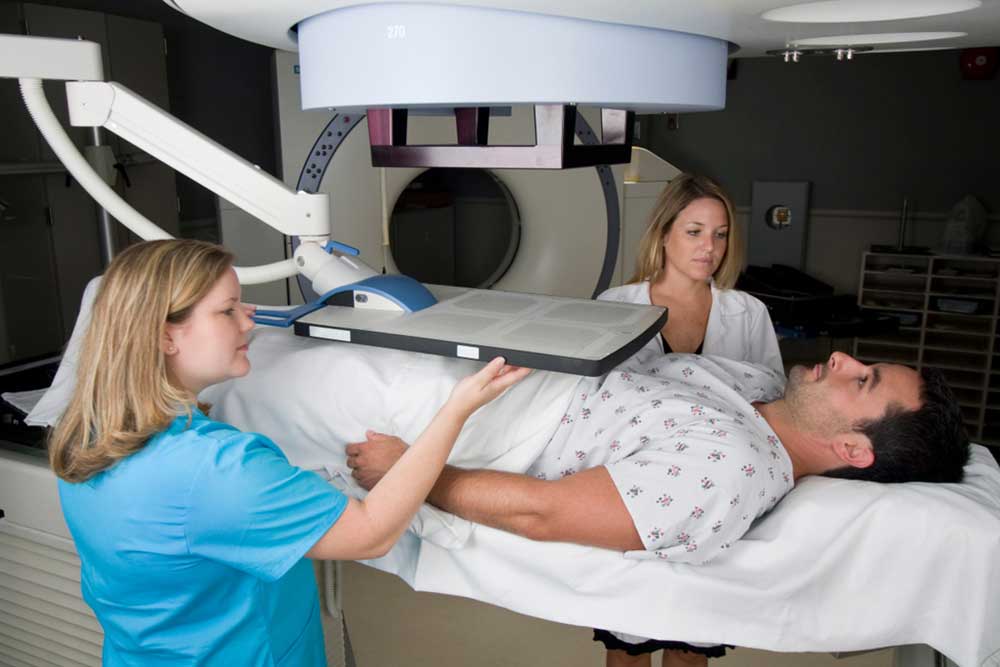Comprehensive Approaches to Managing Prostate-Related Erectile Dysfunction
This article explores various treatment options for prostate cancer-induced erectile dysfunction, including surgical, radiological, hormonal, and alternative therapies. It discusses the effectiveness of medications, injections, devices, and implants, along with recovery prospects and side effects. Consulting a healthcare professional is recommended to determine the best personalized approach for managing impotence after prostate cancer treatments.

Comprehensive Approaches to Managing Prostate-Related Erectile Dysfunction
Erectile dysfunction, often called impotence, refers to the difficulty in achieving or maintaining an erection suitable for sexual activity. While prostate cancer itself isn’t directly responsible, treatments for the disease can lead to erectile issues. Common prostate cancer treatments include:
Complete prostate removal surgery
External or internal (radioactive implant) radiation therapy
Freezing cancerous tissues through cryosurgery
Hormone-based treatments
These therapies may result in erectile dysfunction, with some causing it sooner than others.
Does impotence occur post-treatment?
Surgical Impact
Even with nerve-sparing techniques, prostate removal surgery can cause temporary erectile problems. Recovery varies depending on the type of surgery, cancer stage, and surgical skill. Nerve preservation increases the chances of regaining normal function within a year. For non-nerve-sparing surgeries, recovery is more challenging but possible with treatments like vacuum devices and medications such as Viagra. During recovery, orgasms may still occur, but ejaculation may be minimal or absent, potentially affecting fertility. This condition is common among older men and often considered manageable.Radiation therapy-related erectile issues tend to develop gradually, often noticeable six months after treatment. Long-term side effects frequently include reduced erectile function, though advanced techniques can lessen these effects.
Hormone therapy can lead to erectile dysfunction within weeks, alongside decreased sexual desire.
Available Treatments for Medication-Induced Impotence
Oral drugs like Viagra, Cialis, or Levitra
Injections directly into the penis prior to intimacy
Vacuum erection devices that draw blood into the penis
Medications taken before intercourse to support erections
Penile implants for persistent cases
Effectiveness of Common Therapies
Oral medications help restore erections in approximately 60-70% of post-surgical cases and 50-60% after radiation therapy. Hormone therapy doesn’t significantly improve response to oral drugs. Injection treatments show a success rate of 60-80%, especially when oral drugs fail, although side effects like pain and scarring may occur.
Alternative Options
Vacuum devices: Place a cylinder over the penis, pump out air to draw blood, then use a band to maintain the erection. This method can be uncomfortable, particularly after surgery.
Penile suppositories: Inserted into the urethra, these relax muscle tissues to facilitate blood flow in approximately 30% of men.
Penile implants: Considered after a year of persistent erectile issues, these devices offer high success rates (around 95%) and satisfaction, though surgery carries risks like infection or mechanical failure.
Consult your healthcare provider to choose the most suitable treatment based on your condition.










